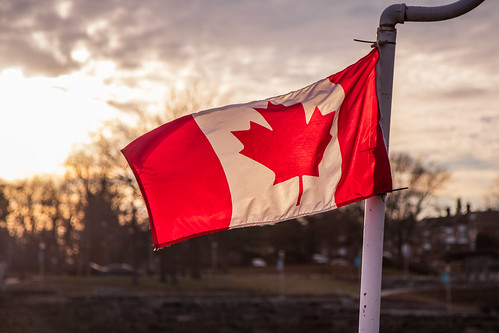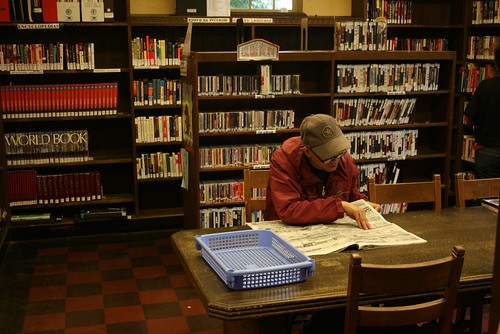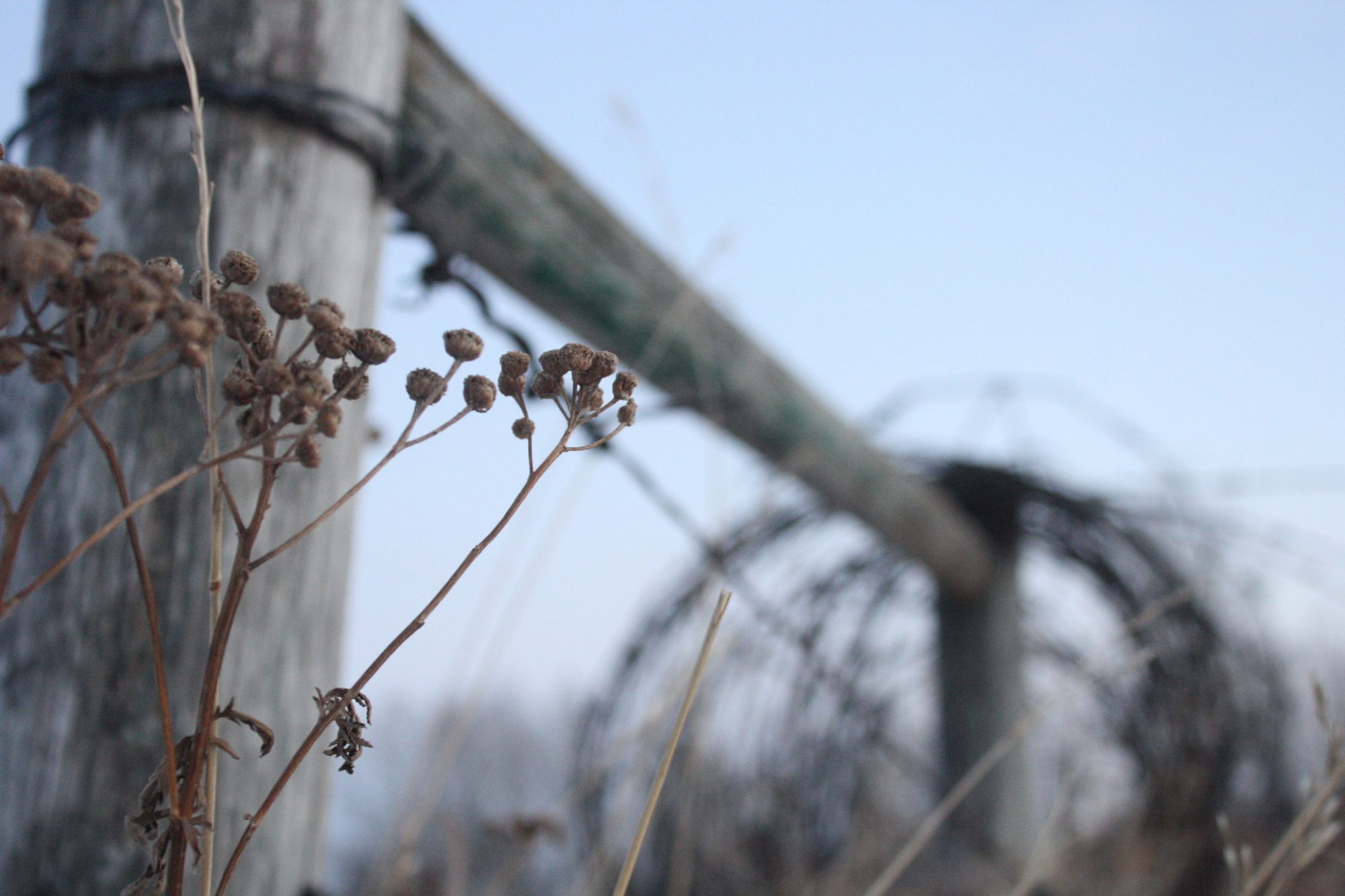Canada. The place where it’s always cold and snowy. Where you see either a moose or a beaver every 5 kilometers while driving. Where there is nothing to do but play hockey. A place where people in one province in particular call a sweater with a hood, a bunnyhug. Where in that one province, the land is so flat you can see the neighbour’s dog running 50 kilometers away. The province where everyone is a die-hard-watermelon-wearing-Saskatchewan-Roughriders-fan and everyone is a farmer. If you’re reading this, you may be asking yourself questions such as “why does this girl assume this country is nothing but cold and snowy, doesn’t she know we have summer?”. Or even better, “why is she just discussing the common stereotypes about Canada and Saskatchewan?”. The reason why I am talking about Canadian and Saskatchewan stereotypes is not simply to humour readers, but to shed a light on a bigger issue. That is, single stories.

This week in ECS, we pondered single stories we have heard throughout our lives. We were asked to consider our upbringing and schooling to see how it has shaped us to “see the real world”. So, let’s begin. I was raised in a farming community with a predominately white population. I went to school K-12 in the public school system where all my teachers were white. Many people in my community were the same, sharing political values and social morals. I grew up in a middle-class family with heterosexual parents and my brother. My religion is Christian (if you ever come to where I’m from you’ll learn Church is a big part of the community with over 10 churches in the community and many still standing in the surrounding small towns and villages). While being from this community made me who I am, it also caused my education to tell single stories. What are those stores? The stories where those in my community agree with, where usually those of the white race are the dominant and heroic characters in literature. Our school did not have a lot of diversity, neither did my community so when we learnt about different cultures, it was often through a stereotypical lens. Chimamanda Ngozi Adichie’s TED Talk, “The Danger of a Single Story” mentions that when we hear stories, we often assume negatives for those who differ from us and often fall into stereotypical views (13:00-13:20). Adichie mentions a story about a college roommate she had when she attended school in America, her roommate assumed since Adichie was from Nigeria, she would listen to “traditional Nigerian music” and was surprised to find out Adichie listened to Mariah Carey (4:30-5:00). This often happens when we meet someone who does not look like us or comes from the same place as us, we assume they are completely different from us.
As I continue to reflect on my education, I think by coming from a predominately white community, I shape my views around that. I easily notice when we talk about those who are different from us, such as reading a book with a non-white main character. Although that rarely happened. With my upbringing and education, I will be bringing biases and specific lenses into my classroom, I do not mean to but most of us act on biases which we were raised on and we often stick to the lenses we are most comfortable with. To overcome biases and lenses, there is one thing I am able to do. That is, educate myself and others. Then hopefully, I am able to see more than just a lens that makes sense in my community by looking at lenses from multiple communities. This will benefit students as they will learn not to be single-story-minded where hopefully one day, stereotypes won’t exist because we will understand those who differ from us better. This will we will no longer put certain biases on students such as those with exceptionalities or from other countries. We will learn to see a student for their full potential.

Single stories in my own schooling were presented from those of a white narrative. Our pal, Kumashiro who’ve been reading about, writes “when students read literature by only certain groups of people, they learn about only certain experiences and perspectives, especially those of groups that have traditionally been privileged in society,” (Examples from English Literature, pg. 71). I remember reading stories and writing notes about different cultures, but when it came down to it, the stories were mostly written through a white perspective and the notes were created by a white teacher. Who can agree with this? Who remembers learning about the Medicine Wheel from an Elder and not a teacher? I can’t say I do. Now as I leave you, I have a question, what texts did you read in class? Who were they written by?
Added: I just want to mention, after writing and posting this new post, I thought of a book that I read in Grade 12. That book was “In Search of April Raintree” which is a highly recommended read but that is the only book I remember reading that is a different story than my own. This book not only was written by an Indigenous author but told the experience of the main protagonist through the perspective of an Indigenous person instead of a white person.
Until next time,
- Jayden
